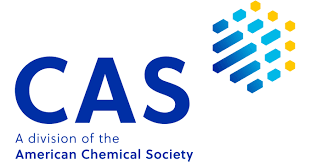Development of gastro retentive microbeads for sustained release of fexofenadine and montelukast
DOI:
https://doi.org/10.56770/jcp2021513Keywords:
Floating microbeads, Gastroretentive, Fexofenadine HCl, Montelukast, Emulsification-solvent evaporation.Abstract
In allergic rhinitis, montelukast (leukotriene receptor antagonist) in combination with fexofenadine (antihistamine) provide improved and complimentary effects and reduce the allergic symptoms effectively. Montelukast has less bioavailability due to hepatic first pass metabolism and fexofenadine have low permeability. So sustained release delivery is crucial for these drugs. One of the techniques to overcome this challenge is the development of polymeric microspheres or microbeads for enhanced bioavailability and prolong the action of drug in body. The objective of the study is to produce a potential microencapsulated formulation having the combination of fexofenadine hydrochloride and montelukast sodium. Microbeads were formulated by using polymer, eudragit RS100. Single emulsion solvent evaporation method was used for the preparation of formulation. The developed drug loaded polymeric microbeads showed that percentage floating ranged from 82.1 - 90.4%. Entrapment efficiency of microbeads were found between 68.8- 80.9%. FTIR results revealed absence of drug-polymer interaction. In-vitro release studies shown that from all the prepared formulations of both drugs the optimum formulation was released up to 24hrs and percentage cumulative drug release was 87.40% and 89.78% respectively. The acute toxicity study showed the safety of the developed system. Formulated microbeads were significantly efficient to achieve a sustained release of fexofenadine and montelukast with prolonged therapeutics release up to 24 hours. The developed gastro retentive floating drug delivery systems showed excellent physicochemical properties and sustained drug release pattern, thereby improving the bioavailability of the drugs.
Downloads
Published
How to Cite
Issue
Section
License
Copyright (c) 2021 The authors retain the copyright without restriction.

This work is licensed under a Creative Commons Attribution 4.0 International License.









